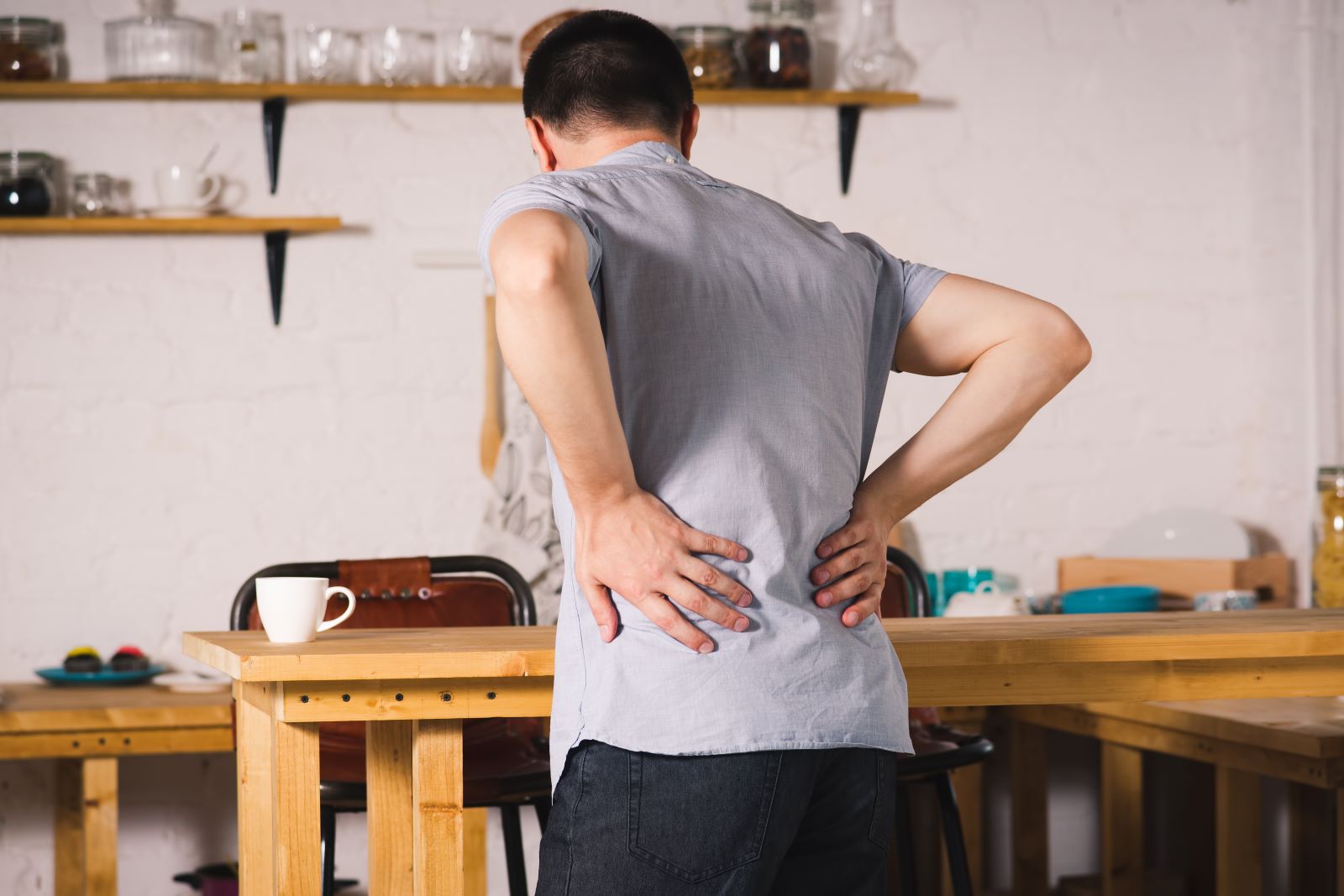
Tallwood Urology and Kidney Institute
One in 11 adults in the United States will be diagnosed with a kidney stone at some point in their lifetime. If you’ve ever experienced a kidney stone, you know how painful it can be. Many people may not even realize that the summer heat can actually put people at greater risk for developing kidney stones. So how does that happen?
We have minerals in our urine that can cause a stone to form. Drinking liquids helps to dilute those minerals, but when a person isn’t drinking enough and becomes dehydrated from the heat, it can increase their risk of developing a kidney stone. Geographic areas with hot, dry climates and occupations with exposure to excessive heat and conditions that promote dehydration are associated with increased stone risk.
Without question, the most important factor to help prevent stones from forming is high fluid intake. Depending on your age, overall health and other medical conditions, it is recommended you drink 64 ounces of water a day. Another important dietary factor in stone formation is sodium or salt intake. Certain foods are high in oxalate, which can often be found in kidney stones. High oxalate foods include beets, nuts, spinach, tea and chocolate.
Some symptoms of a kidney stone include:
- Severe or sharp pain in the upper back or side of the abdomen.
- Pain radiating towards the groin.
- Nausea or vomiting.
- Blood in urine.
There are a wide range of treatment options available. Often, if kidney stones are small, patients can pass them in their urine without the need for any intervention. When stones are quite large, surgery often becomes an option to get rid of them. Urologists use minimally invasive surgical techniques to remove the stones, which are often same day surgeries. Anyone suffering from kidney stones is encouraged to see a urologist to help resolve the issue, but also help with preventative measures to ensure kidney stones don’t return.



